
PETER MAXWELL DAVIES: ‘THE DEVILS’ SCORE | CAREER OVERVIEW
This post is in two parts. The first is a brief appreciation of Peter Maxwell Davies’ score for Ken Russell’s The Devils,
conceived as a complement to my posts on VANESSA REDGRAVE: THE DEVILS (Part 1, Part 2, Part 3).
The second part is an overview of Peter Maxwell Davies’ music.
PART ONE: SUITE FROM ‘THE DEVILS’
Richard Jonathan
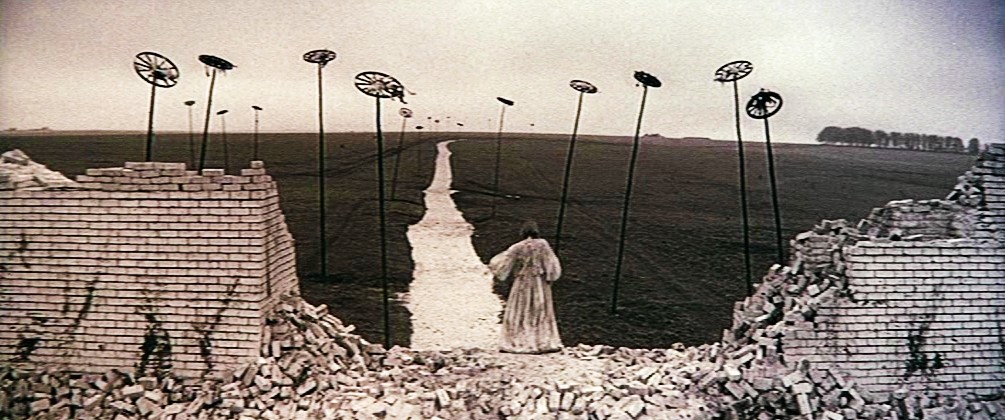
Ken Russell, The Devils
Peter Maxwell Davies’ score for The Devils is one of the finest in all cinema (approaching the summit represented, for me, by Nino Rota’s score for Fellini’s Casanova). Rising from the underworld, timeless yet contemporary, the music—made by, among other instruments, Hammond organ doubling out-of-tune piano and celesta, untuned zither/violin doubling viola and regal organ, cello, double bass, and percussion*—is richly evocative and utterly compelling.
* Peter Maxwell Davies: A Source Book, ed. S.R. Craggs (Ashgate Publishing, 2002) p. 118
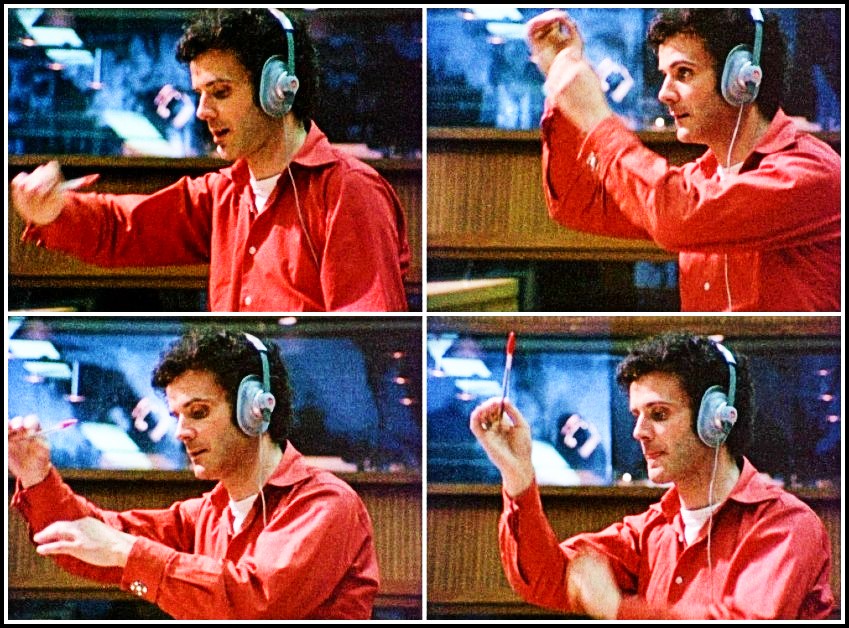
Peter Maxwell Davies, The Devils, Ken Russell
All images in Part 1 (except the first) from Mark Kermode, Director of Devils (bonus disc to the BFI DVD of Ken Russell’s The Devils).
SUITE FROM ‘THE DEVILS’: I. TITLES
PETER MAXWELL DAVIES: ‘I didn’t have a problem finding the correct musical language for this very fevered atmosphere. I think it was part and parcel of the musical sixties. I realized, with the marvelous set Derek Jarman created, that this has got to sound as if it’s taking place in a public toilet. A sound becomes louder than it is because it’s echoing back at you and it begins to have a resonance.’
Interview with Mark Kermode, Hell on Earth (documentary on the bonus disc to the BFI DVD of Ken Russell’s The Devils).
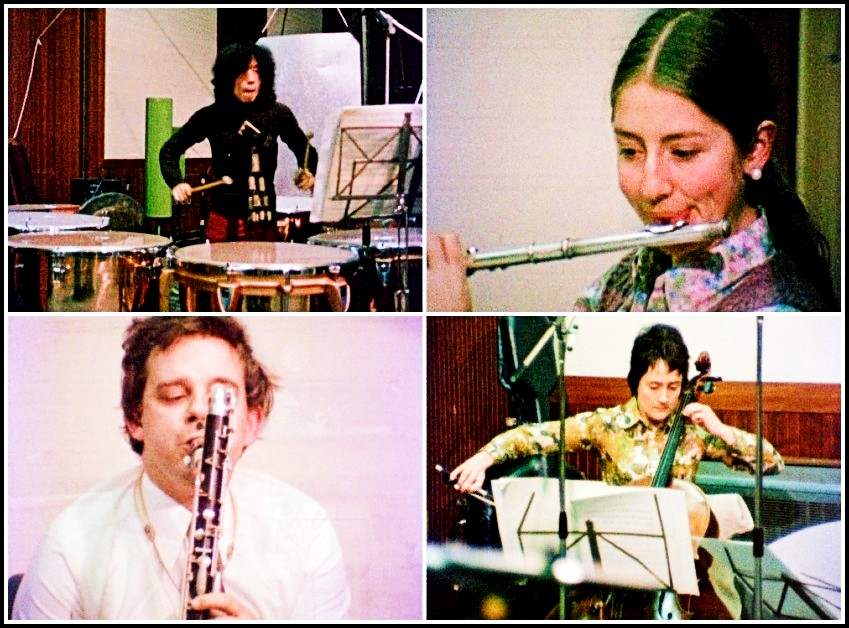
Peter Maxwell Davies, The Devils, Ken Russell
SUITE FROM ‘THE DEVILS’: II. SISTER JEANNE’S VISION
KEN RUSSELL: ‘Peter Maxwell Davies had never done a film before, he was always a bit wary of them. As it happened, he turned out a fantastic score on his own terms, as though it was an opera he was writing or a ballet, and the result is exactly what I wanted.’
Mark Kermode, Director of Devils (documentary on the bonus disc to the BFI DVD of Ken Russell’s The Devils).
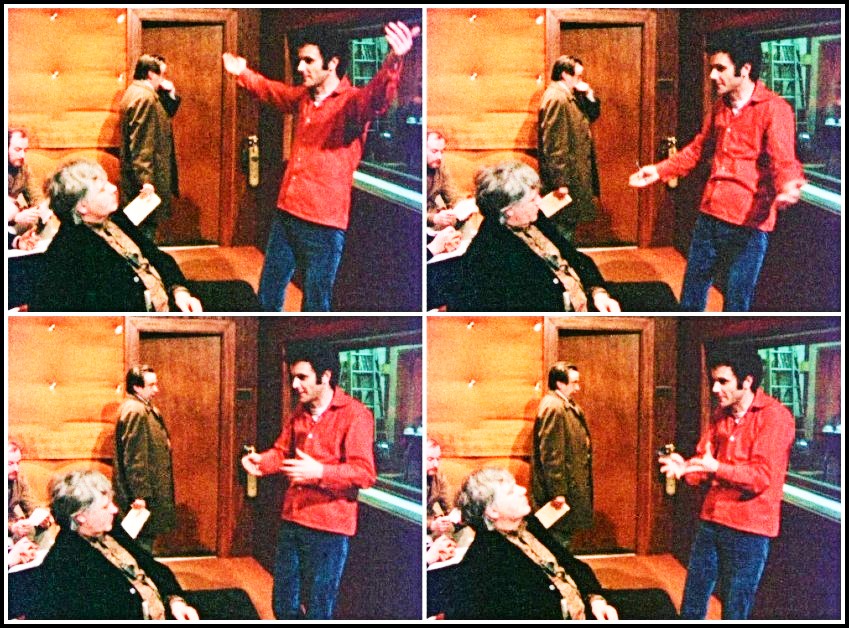
Peter Maxwell Davies, The Devils, Ken Russell
SUITE FROM ‘THE DEVILS’: III. EXORCISM
PAUL GRIFFITHS: ‘In music, as in other areas of life, “the sixties” began in 1965, and soon blew apart the orderliness of the postwar world. The increasing seriousness, range, and appeal of popular music mattered. The Beatles’ album Revolver (1966) was just one symptom of rock musicians’ urge to develop their language and to do so, in part, by looking over the wall [at ‘art music’]. The Beatles’ next release, Sargent Pepper’s Lonely Hearts Club Band (1967) enshrines Stockhausen among the gurus on its cover. Meanwhile, classically trained composers were reciprocating the interest, and so fueling or following new fashions: minimalism, live electronic music. Meanwhile, the possibility of the lone genius remained.’
Paul Griffiths, Modern Music and After: Directions Since 1945 (OUP, 1995) pp. 150
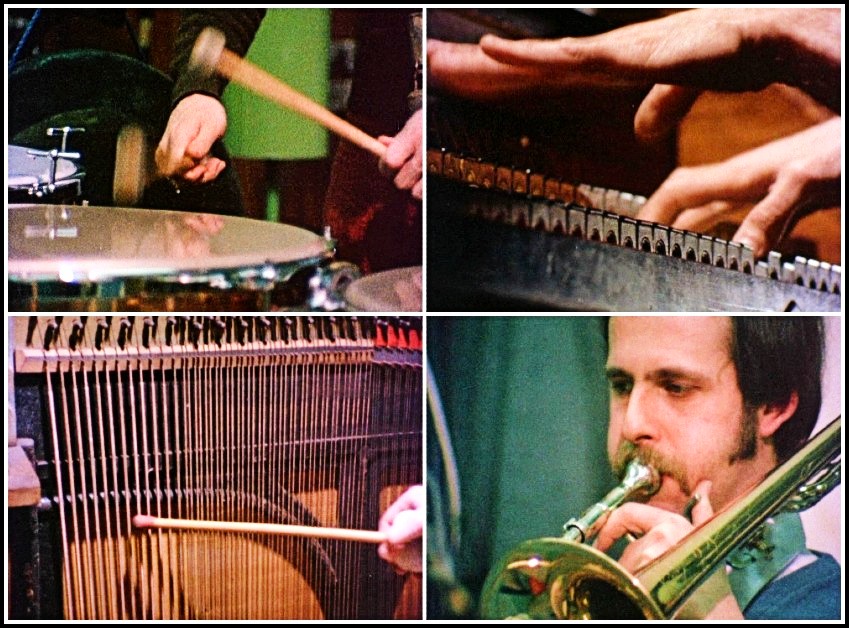
Peter Maxwell Davies, The Devils, Ken Russell
SUITE FROM ‘THE DEVILS’: IV. EXECUTION & END MUSIC
PETER MAXWELL DAVIES: ‘People say Ken Russell has got “bad taste” or whatever. Well of course he has—thank God for that.’
Interview with Mark Kermode, Hell on Earth (documentary on the bonus disc to the BFI DVD of Ken Russell’s The Devils).
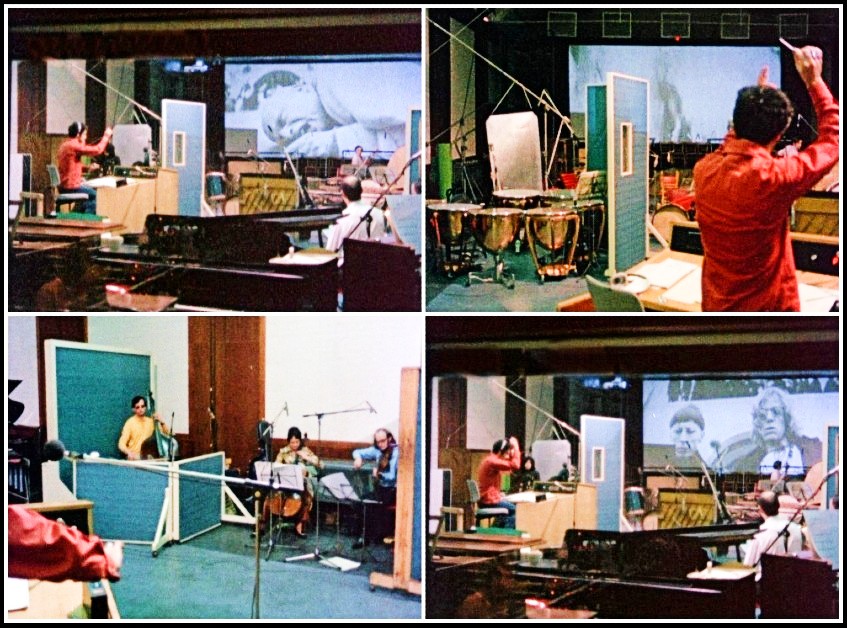
Peter Maxwell Davies, The Devils, Ken Russell
PAUL GRIFFITHS ON PETER MAXWELL DAVIES: AN OVERVIEW OF HIS MUSIC
From Paul Griffiths, Modern Music and After: Directions Since 1945 (OUP, 1995) pp. 152-56
The achievement of the eighteenth and nineteenth centuries remains the great sun of the musical solar system: the repertory that dominates performance and recording. Composers who approach it must either maintain their ironic distance, as Stravinsky did, and as Ligeti more recently has done, or else be content (and here the examples are legion) to turn into its orbit, adopt its premises and its modes of thought. The further past offers less gravitational pull—partly just because it is further off, but also partly because its forces seem to be complemented by, rather than at war with, those of our own age. Pertinent here is Stravinsky’s progress during the 1950s: forward to Webern and Boulez, but at the same time backward to Gesualdo and to pre-Renaissance music. The more general growth of interest in ‘early music’, following behind Stravinsky by a decade or so, may be evidence of a community of thought and feeling; it has also made it possible for composers to write for instruments that had been extinct for centuries, as Kagel did in his quite un-Renaissance-sounding Musik für Renaissance-Instrumente (1965). As for matters of compositional technique rather than instrumental means, the medieval view of rhythm as number suggests comparison with the attitudes of Messiaen and of those composers who, influenced by him, developed rhythmic serialization in Europe: Barraqué drew attention to that in an article on rhythm, where, with no sense of incongruity, he moves directly from Machaut’s Messe de Notre Dame to The Rite of Spring. Also, as Charles Wuorinen pointed out, the rhythmic complexities cultivated by composers of the post-Machaut generation are such as to make Le marteau sans maître appear quite normal.
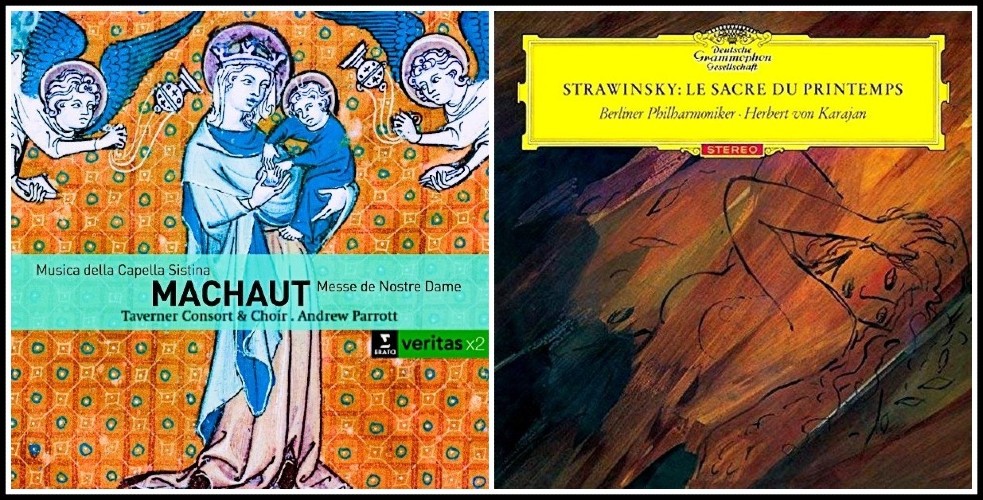
Machaut, Messe de Nostre Dame | Stravinsky, Le Sacre du Printemps
But these are instances of correspondence rather than influence. For examples of the latter, English music of the 1950s and 1960s provides the richest field, perhaps for various reasons: the fact that English musicians and musicologists were taking a leading part in the rediscovery of early music, the fact that composers of an older generation, such as Britten and Tippett, had interested themselves in Tudor music and Purcell, the fact that English musical culture had last been actively progressive in the age of Dunstable. Three composers who were fellow students in Manchester during the early 1950s—Peter Maxwell Davies (b. 1934), Harrison Birtwistle (b. 1934), and Alexander Goehr (b. 1932)—were quite aware that what they were learning from the recent music of Boulez and Nono had its parallels in what they could find in the pages of Musica Britannica.
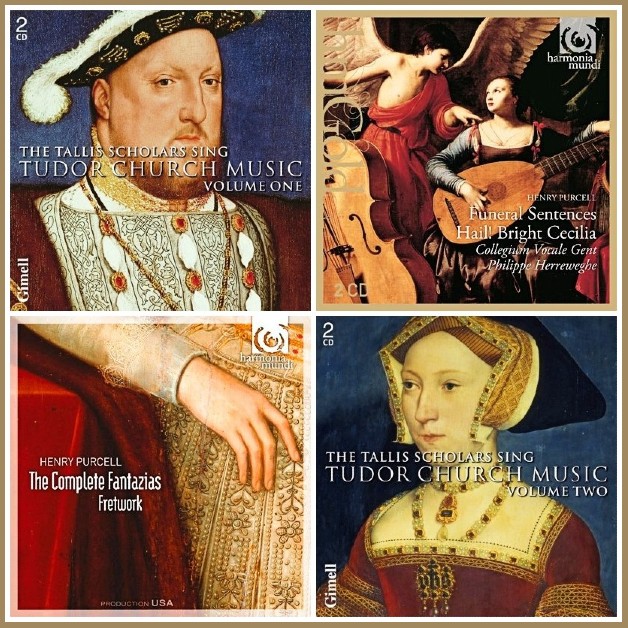
Tudor Church Music | Purcell
Davies’s concern with the further past has stayed intense, and the role of pre-Baroque music in his work has been various and profound. A great many of his works are founded—as the music of the medieval and Renaissance polyphonists was founded—on fragments of plainsong, but his processes of transformation usually leave little kinship between the music and its seed: even in his transcriptions—and he has made many, of works by Machaut, Dunstable, Purcell, Buxtehude, and others—the original is often twisted into alien, and sometimes perversely alien, harmonic or instrumental territory. At the simplest level, a plainsong theme may be subjected to octave displacement of its pitches, melodic alteration and a very unchant-like rhythmic presentation, combining sixteenth-century techniques of parody with nineteenth-century variation and twentieth-century serialism. The use of plainsong themes at once for their musical qualities and for their associated meanings is common in Davies’s music, though normally the relationship between chant and variant is more complex.
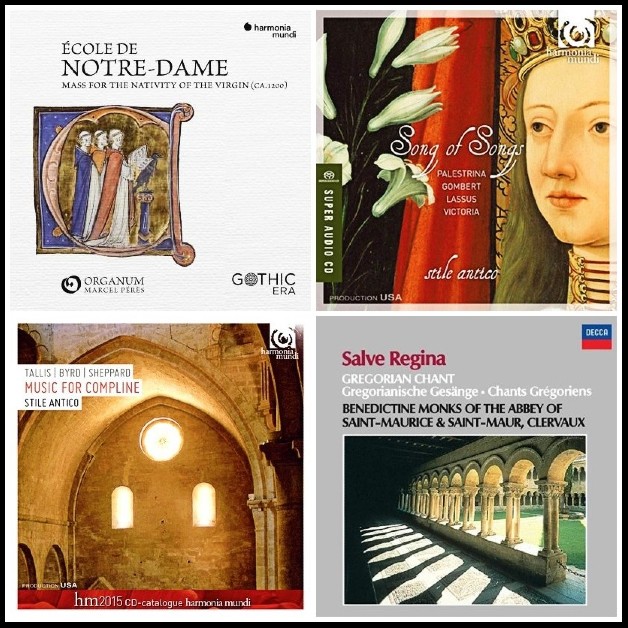
Plainsong
Davies’ music is not of exposition but of questioning, even to the extent of negation—negation which can be musically effected by the gradual melodic transformation of a melody into its precise inversion, and which stands behind his abiding concern with themes of betrayal. In his dramatic works, betrayal is staged: Taverner betrays himself in extinguishing what was good and creative in his personality; the solo dancer in Vesalii icones betrays the image of Christ he was presented by turning, finally, into a vision of Antichrist, cavorting to a foxtrot. Outside the theatrical context, music itself can be betrayed by means of this sort of parody—the parody of distortion and mockery, rather than the expressively neutral parody of elaboration conducted in Renaissance masses (though Davies’s music has also implied what so many popes suspected, that polyphonic settings can destroy what they purport to adorn).
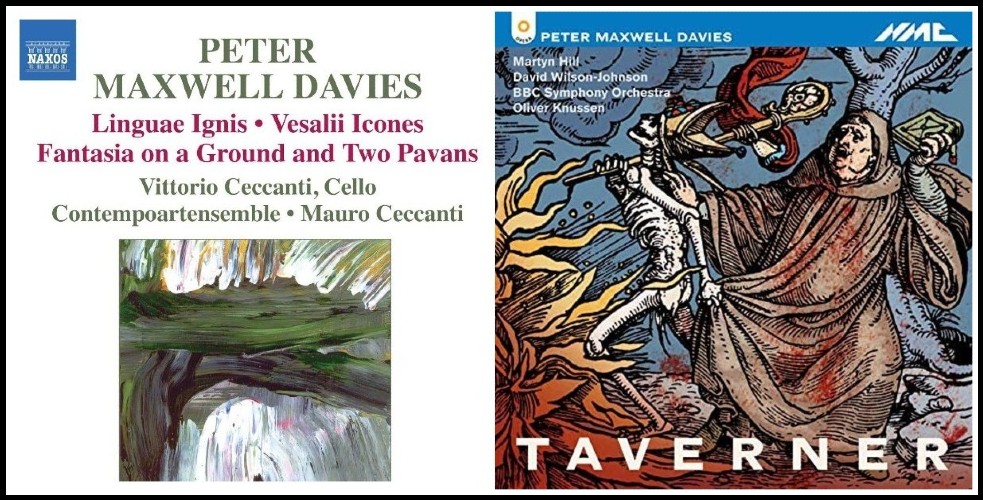
Peter Maxwell Davies: Vesalii Icones | Taverner
Many of Davies’s earlier works are parodies of parodies, in that they are based on polyphonic pieces themselves based on plainsongs: examples include the wind sextet Alma redemptoris mater (1957) after a Dunstable motet, the String Quartet (1961) and other works linked in some way to the Monteverdi Vespers, and a larger family of compositions derived from the Benedictus of Taverner’s Gloria Tibi Trinitas mass—a family including not only the opera Taverner but also two orchestral fantasias (1962 and 1964) and the Seven In Nomine for chamber ensemble (1963-5). In these works Davies’s parody is to a large degree secret and, for that reason, not expressed, though the music in other respects may be fiercely expressive, in ways that strike back to Mahler and Schoenberg. In pieces from the late 1960s, however, parody becomes overt and takes on its modern sense, dramatized in the theatre works (such as Taverner and Vesalii icones), but no less disturbing in orchestral and chamber works, where it may be felt to infect the whole substance of the music.
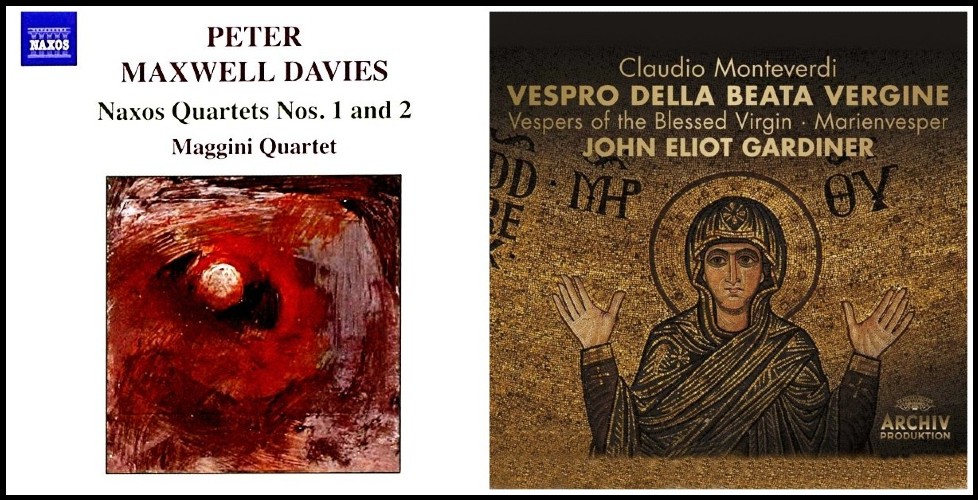
Peter Maxwell Davies | Monteverdi
Davies has described his ‘foxtrot for orchestra’ St Thomas Wake (1969) as being based on ‘three levels of musical experience—that of the original sixteenth century “St Thomas Wake” pavan, played on the harp, the level of the foxtrots derived from this, played by a foxtrot band, and the level of my ‘real’ music, also derived from the pavan, played by the symphony orchestra.’ But there remain the questions—as evidently Davies is aware, when he makes the word ‘real’ creep inside quotation marks—as to how ‘real’ music can be, and why we should accept one level of music as being more ‘real’ than the foxtrots that crop up in so many of his works of this period (see also, besides Vesalii icones, the Fantasia on a Ground and Two Pavans after Purcell), and that may even be felt to identify those works. There is no obvious reason why his post-Schoenberg style of endless development should be presumed to have a ‘reality’ not shared with the other guises his music was capable of taking or why, to look at it the other way, that style should not also be interpreted as a manner of pastiche. These uncertainties Davies seemed to be recognizing himself in concluding his Second Taverner Fantasia—which powerfully enshrines the Schoenbergian weight and drift of argumentation—with a woodwind dispatch that swiftly and grotesquely parodies half an hour of searching, string-led music. The pathos and musical tension accumulated through a long and troubled development are simply cast aside, and at the same time redoubled by being cast aside, because now the foundations are under attack: the music is questioning its own assumptions, even its own honesty.
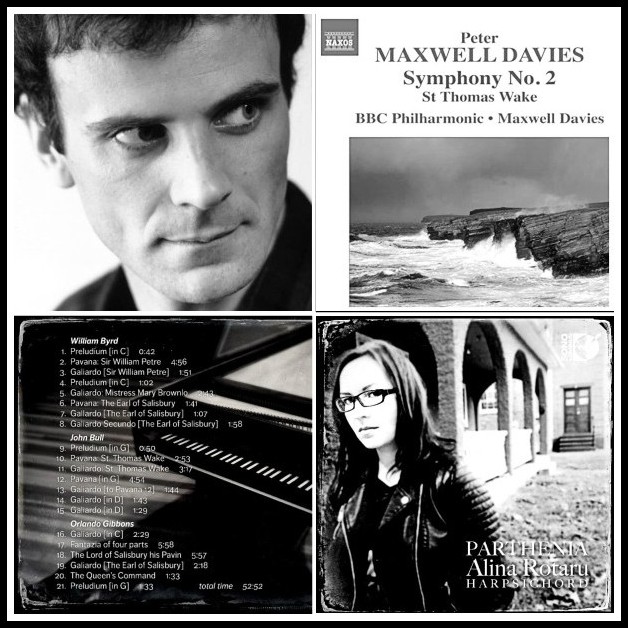
St Thomas Wake: Peter Maxwell Davies | John Bull
His bigger orchestral work of this period, Worldes Blis (1966-9), Davies has presented as a recuperation, ‘a conscious attempt to reintegrate the shattered and scattered fragments of my creative persona’. This is again an immense musical edifice founded on given material—a medieval monody—but now there is no separation of levels and no blatant auto-destruction: the quest for reintegration imposes rather a steady progress in which constant self-interrogation answers itself. As Stephen Pruslin has observed: ‘The main allegro pays only lip-service to closure and after the transition the music careens through a whole series of sections, all of them unclosed. The effect is that of amassing a series of left-hand parentheses without bothering about the corresponding right-hand ones, so that one builds up a large “structural overdraft” (Stephen Pruslin, ‘Returns and Departures: Recent Maxwell Davies’, Tempo 113 1975, 22-8). Where the Second Taverner Fantasia had presented a process of growth whose premises were alarmingly shaken at the end, Worldes Blis advances in momentous instability, and only in conclusion comes overwhelmingly to affirmation. Its thirteenth-century source, speaking of bitter resignation to the vanity of the world, seems to have offered not only musical stimulus but also a poetic metaphor for this harsh vision.
Peter Maxwell Davies, Worldes Blis
Davies’s later adherence to traditional genres, in the sequence of symphonies, concertos, and sonatas he began with his First Symphony of 1973-6, seems an almost inevitable development from the quasi-symphonic manner of the Second Taverner Fantasia and Worldes Blis. Here was a paradox. Medieval material provided Davies with a mechanism of return not to medieval modes of thought and musical practice but rather to the musical-psychological crises of Vienna in the late Romantic and early modern periods: in points of style and motivation, the connections are with Mahler and Schoenberg, not Machaut—hence the possibility that Davies, among composers of his generation, should have been one of the first to write a symphony. (Even so, there was shock at the time, when postmodern avenues to the recent past were still so little worn.) Two decades after his earliest works, Davies had developed ways of using plainsong melodies that paralleled Schoenberg’s ways with twelve-note rows, and the evolution of his style—from an ‘expressionist’ period in the 1960s to re-found classicism—may have come about in more or less conscious emulation of Schoenberg.
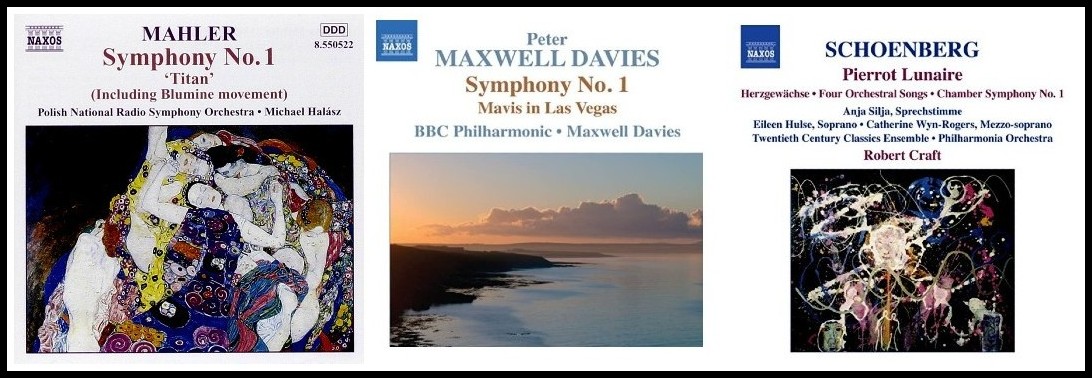
Peter Maxwell Davies, Symphony No. 1
At the same time, Davies makes a deeply traditional insistence—explicitly in his writings and implicitly in everything he has composed—on music as linear argument and as expressive correlative. In a note on his chamber symphony A Mirror of Whitening Light (1976-7), for example, he remarks how he has tried to create ‘functional harmony operating over and relating large spans of time’, and from this point onwards his analyses of his own pieces make free with such terms as ‘introduction’ and ‘recapitulation’ (though in place of ‘development’ he prefers ‘transformation processes’), or ‘dominant’.’ The note on A Mirror is also remarkably clear about the music’s connotations: it is ‘the great cliff-bound bay before my window where the Atlantic and the North Sea meet, at all times a miracle of ever-changing reflected light, which is the physical mirror of the tide’, a title whose reference is also alchemical, ‘to the purification of “whitening” process, by which a base metal may be transformed into gold, and, by extension, to the purification of the human soul’. Davies’s prodigious output since the mid-1970s is, in itself, proof of the success of his self-reintegration, though the earlier music—music of doubt, disquiet and duplicity—has justly commanded wider and intenser admiration.
MARA, MARIETTA: A LOVE STORY IN 77 BEDROOMS
A literary novel by Richard Jonathan
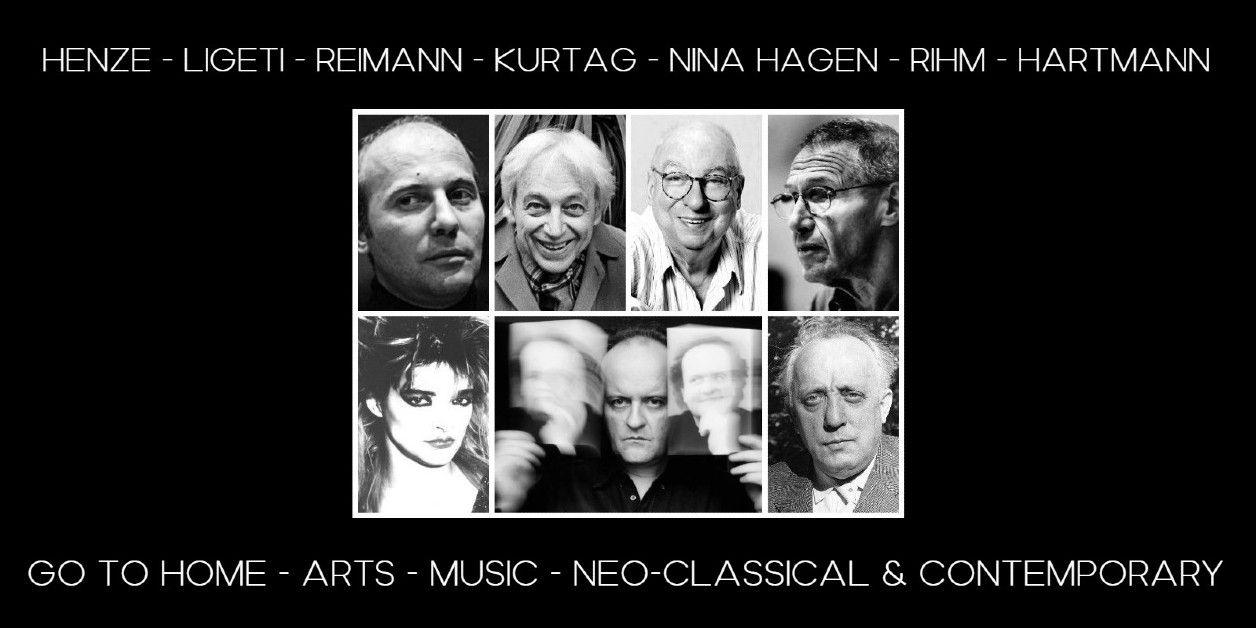
NEO-CLASSICAL & CONTEMPORARY MUSIC IN ‘MARA MARIETTA’
By Richard Jonathan | © Mara Marietta Culture Blog, 2021| All rights reserved
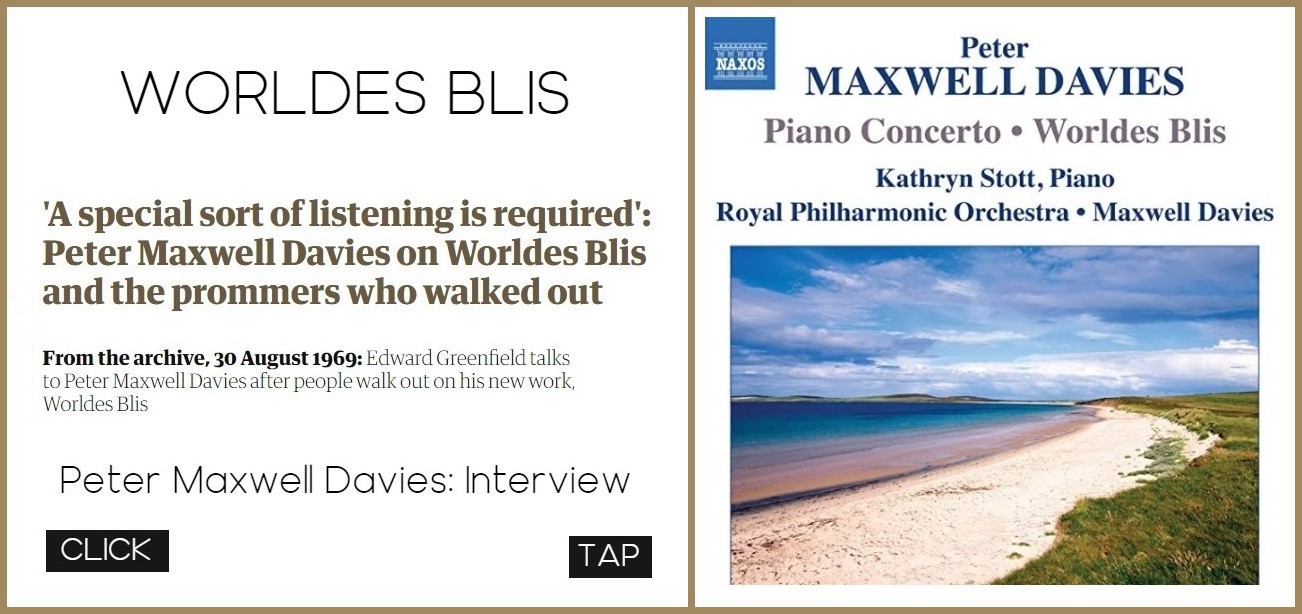
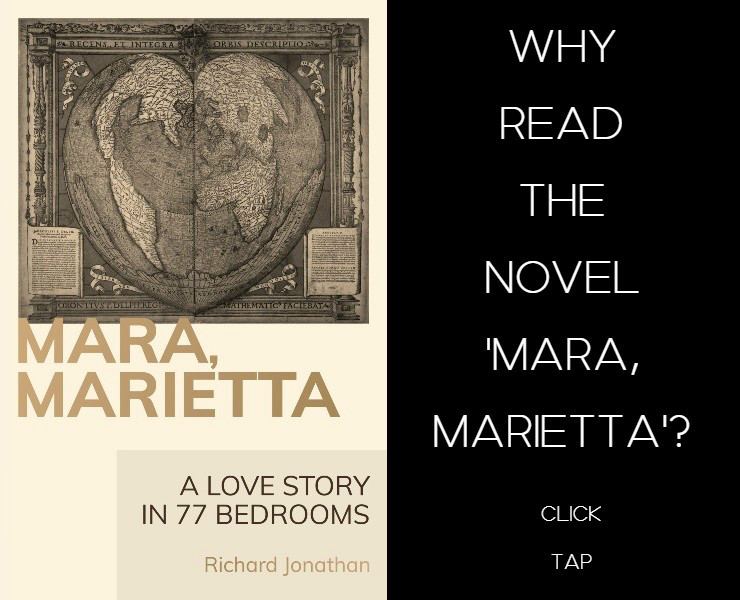
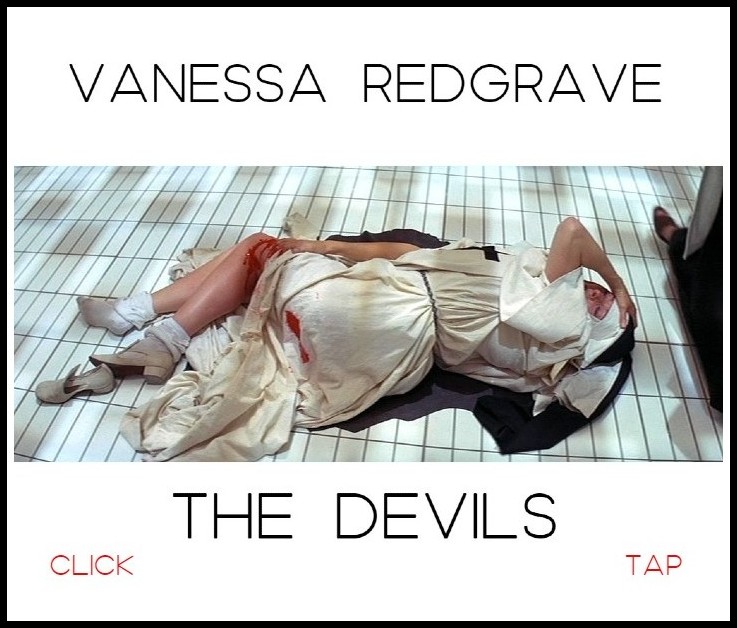
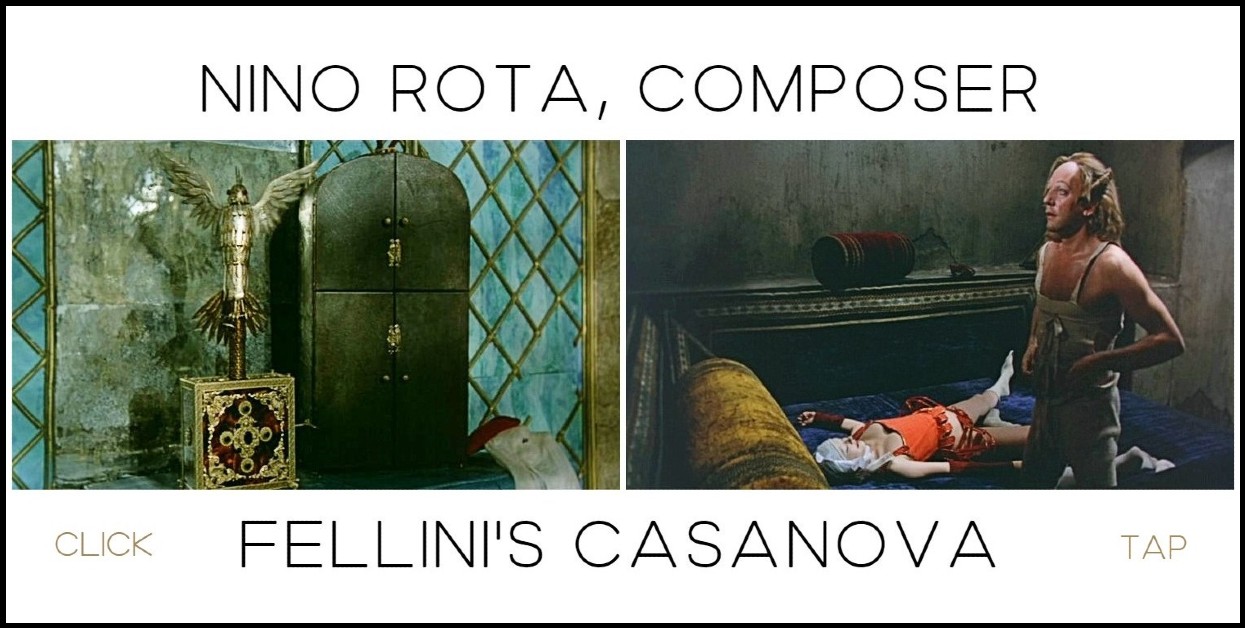
Comments